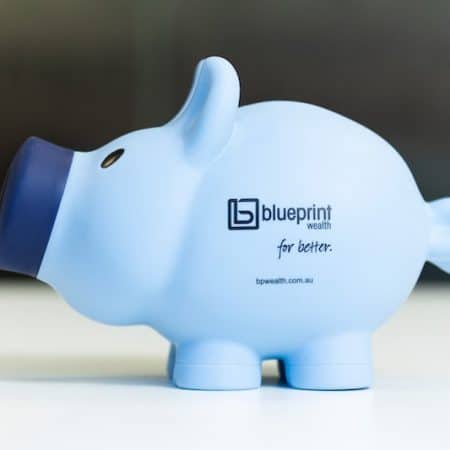How to Maximise End-of-Financial-Year Super Contributions

As the end of the financial year approaches, it’s an opportune time to review your superannuation strategy and take advantage of available tax benefits. Making the most of end-of-financial-year super contributions can help boost your retirement savings and potentially reduce your tax liability. In this article, we will explore several strategies to help you maximise your super contributions before the financial year ends.
1. Salary Sacrifice:
Consider implementing a salary sacrifice arrangement with your employer. By diverting a portion of your pre-tax salary into your superannuation, you can increase your contributions while potentially reducing your taxable income. Ensure you stay within the concessional contribution limit to avoid additional taxes.
2. Government Co-Contribution:
If you earn a lower income and make eligible after-tax contributions, you may be eligible for the government co-contribution scheme. The government can contribute up to $500 directly into your superannuation account, matching a portion of your personal contributions. Check the ATO guidelines to determine your eligibility.
3. Spouse Contributions:
If your spouse earns a low income or is not working, you can make after-tax contributions to their superannuation account and potentially receive a tax offset of up to $540. This strategy helps to boost your spouse’s retirement savings while providing you with tax advantages.
4. Super Splitting:
Super splitting allows you to transfer a portion of your concessional contributions to your spouse’s superannuation account. This strategy can help
balance superannuation savings between partners and potentially optimise the overall tax situation for the household. Note that there are specific conditions and limits associated with super splitting.
5. Carry Forward Unused Concessional Contributions:
Starting from the 2019–2020 financial year, individuals with a total super balance of less than $500,000 can carry forward any unused concessional contributions for up to five years. This provision allows you to make additional concessional contributions in a later financial year if you didn’t fully utilise the limit in previous years.
Before making any additional contributions, it’s crucial to understand the contribution limits set by the Australian Taxation Office (ATO). For the current financial year, the concessional (before-tax) contribution limit is $27,500, and the non-concessional (after-tax) contribution limit is $110,000 (subject to certain eligibility criteria).
How do you know which strategy is right for you? Deciding to invest in your financial future is the first step and Blueprint Wealth can help. Maximising end-of-financial-year super contributions can be complex, considering the various regulations and individual circumstances. We will work with you to assess your unique situation and develop a tailored strategy for the long term. By understanding the available strategies, contribution limits, and seeking expert advice, you can make informed decisions to maximise your superannuation benefits.
Take advantage of the time before the financial year ends to plan effectively and set yourself on a path towards a financially secure retirement. If you are based in Perth and need some financial advise, please contact us today.
Blueprint Planning Pty Ltd (ABN 78 097 264 554, trading as Blueprint Wealth is an authorised representative and credit representative of AMP Financial Planning Australian Financial Services Licensee and Australian Credit Licensee. This article contains information that is general in nature. It does not take into account the objectives, financial situation or needs of any particular person. You need to consider your financial situation and needs before making any decisions based on this information. If you decide to purchase or vary a financial product, your financial adviser, AMP Financial Planning and other companies within the AMP Group may receive fees and other benefits. The fees will be a dollar amount and/or a percentage of either the premium you pay or the value of your investment. Please contact us if you want more information.
